
Introduction:
With over 15 years of experience treating exotic reptiles, I’ve seen countless cases where a black tail signals different health challenges. From my clinical perspective, this discoloration can range from harmless shedding to serious issues like tail rot or tail necrosis. Knowing the signs and causes is critical for every owner to act quickly and protect their dragon’s well-being.
Bearded Dragon Black Tail: Causes, Signs, and Veterinary Insights
When a bearded dragon black tail appears, it instantly raises concern among reptile owners, especially beginners and intermediates. As an exotic pet veterinarian with over 15 years’ experience, I’ve often encountered such cases. Understanding what causes reptile tail discoloration—from harmless shedding issues to serious infections or tail necrosis—is crucial for timely intervention and safeguarding your dragon’s well-being.

Why Is My Bearded Dragon’s Tail Black?
Several factors contribute to a black tail bearded dragon, ranging from trauma to stress and infections. The causes of black tail often involve:
- Tail injury bearded dragon: Bruising or trauma can lead to tail injury black color, causing darkened or blackened scales.
- Tail infection lizard: Bacterial or fungal infections can trigger tail disease reptile, presenting as dark, inflamed, or necrotic tails.
- Circulation problem reptile: Poor blood flow causes tail circulation issues, resulting in dark tail scales and possible necrotic tail development.
- Stress black tail: Stress is an underestimated factor in stress tail discoloration or stress black tail, including environmental or territorial stress that affects skin pigment.
- Shedding issue tail: Problems with the tail shedding process can mimic discoloration but usually relate to stuck or peeling shed.
From a clinical perspective, early detection of tail health concern helps prevent progression to irreversible damage.
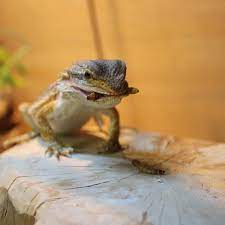
Differentiating Bearded Dragon Tail Rot vs Shedding
A common challenge for owners is distinguishing tail rot vs shedding—two conditions that can look deceptively similar. Through years of practice, I advise focusing on several hallmark signs:
- Tail rot signs: Presence of dead tissue or necrosis signs, foul odor, swelling, and blackened, soft areas signals infection rather than normal shedding.
- Shedding tail symptoms: Healthy shedding involves transparent, flaky skin peeling off smoothly. A stuck shed reptile appears as white, loose skin without dark discoloration or foul smell.
- Healthy shed vs infection: If the tail is peeling but the base remains pink and normal, it’s often just shedding. Conversely, tail rot identification requires immediate veterinary care.
- Difference between shedding and rot rests largely on the presence of pain, discoloration, and tissue death; rot worsens rapidly without treatment.
A thorough tail health check can reveal whether the concern is a natural cast or a medical emergency.
Understanding Why Your Bearded Dragon’s Tail Is Turning Black
The phenomenon of tail turning dark or tail black spot can reflect advancing health issues if left unchecked.
- Tail darkening reasons include bruising, early signs of tail rot, or circulation restriction preventing oxygenated blood from reaching tail tissues.
- Infection tail black and tail necrosis development create visible blackened segments — a serious warning you cannot ignore.
- A blackened tail reptile may also reflect stress-induced tail darkening, especially if accompanied by behavioral changes.
Early intervention is vital to reduce suffering and preserve as much of the tail as possible.
Stress and its Role in Bearded Dragon Black Tail
Stress is a surprisingly common cause of stress tail marking and discoloration in bearded dragons:
- Environmental changes, poor habitat conditions, or improper handling contribute to behavioral stress reptile and stress response reptile.
- Territorial disputes can cause territorial stress bearded dragon, sometimes resulting in stress black tail as a physiological response.
- Recognizing handling stress signs early allows owners to modify care routines and minimize stress health issue impacts.
In my practice, managing environmental and social stressors has significantly reduced cases of stress-related tail problems.

Recognizing Tail Damage and Circulation Issues
Tail damage reptile often results from accidents or improper enclosure setup, leading to trauma and tail bruising reptile. Circulation issues manifest as:
- Dark tail segment developing gradually due to restricted blood flow.
- Symptoms like coldness, swelling, and ultimate tail necrosis if untreated.
Understanding and preventing circulation problems can save your dragon from severe outcomes.
Preventive Tips for Bearded Dragon Tail Health from a Vet’s Perspective
Drawing upon clinical experience, here are practical steps to maintain optimal tail health:
- Provide a balanced environment with proper UVB lighting and humidity to assist healthy tail shedding process.
- Regularly inspect your dragon’s tail for any signs of tail injury bearded dragon or early tail rot signs.
- Avoid stressors by ensuring adequate space, reducing handling, and limiting territorial conflicts.
- Keep the enclosure clean to minimize risk of tail infection lizard or tail disease reptile.
- If you notice black tail bearded dragon, seek professional help immediately for diagnosis and treatment.
I often tell my clients that think of the tail like the “reptile’s insurance policy” — once damaged beyond repair, the consequences are irreversible.
FAQ
What causes a bearded dragon’s tail to turn black?
Blackening can result from tail injury, infection, circulation loss, stress, or shedding problems. Early diagnosis is essential.
How do I tell the difference between tail rot and shedding?
Shedding is a natural peeling process without foul odor or dead tissue; tail rot shows necrosis, swelling, and blackened areas.
Can stress cause a black tail in bearded dragons?
Yes, stress triggers hormonal and physiological changes causing stress-induced tail darkening or stress black tail.
Is a black tail always a sign of serious disease?
Not always, but any darkening combined with other symptoms should be evaluated to prevent tail necrosis.
How can I prevent tail rot in my bearded dragon?
Maintain hygiene, proper habitat conditions, minimize injuries, manage stress, and conduct regular health checks.
You may also like
- Do Bearded Dragons Get Depressed?
- Healthy Bearded Dragon V/S Unhealthy
- Finding the Right Source: A Veterinarian’s Guide to Selecting Quality Dragon Providers
Share

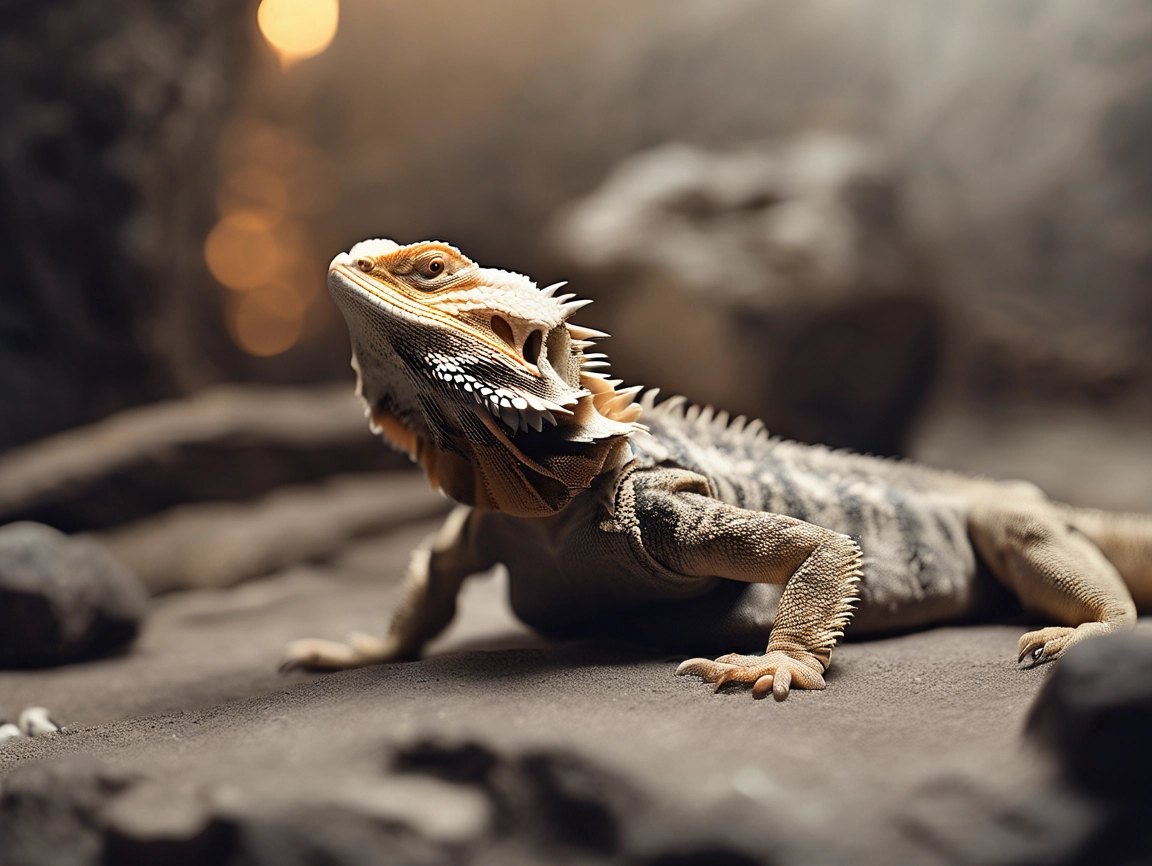
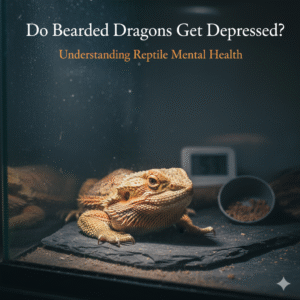
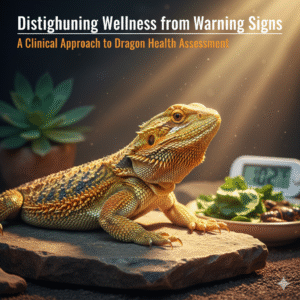
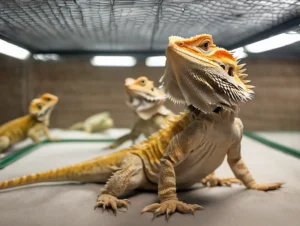
Leave a Reply